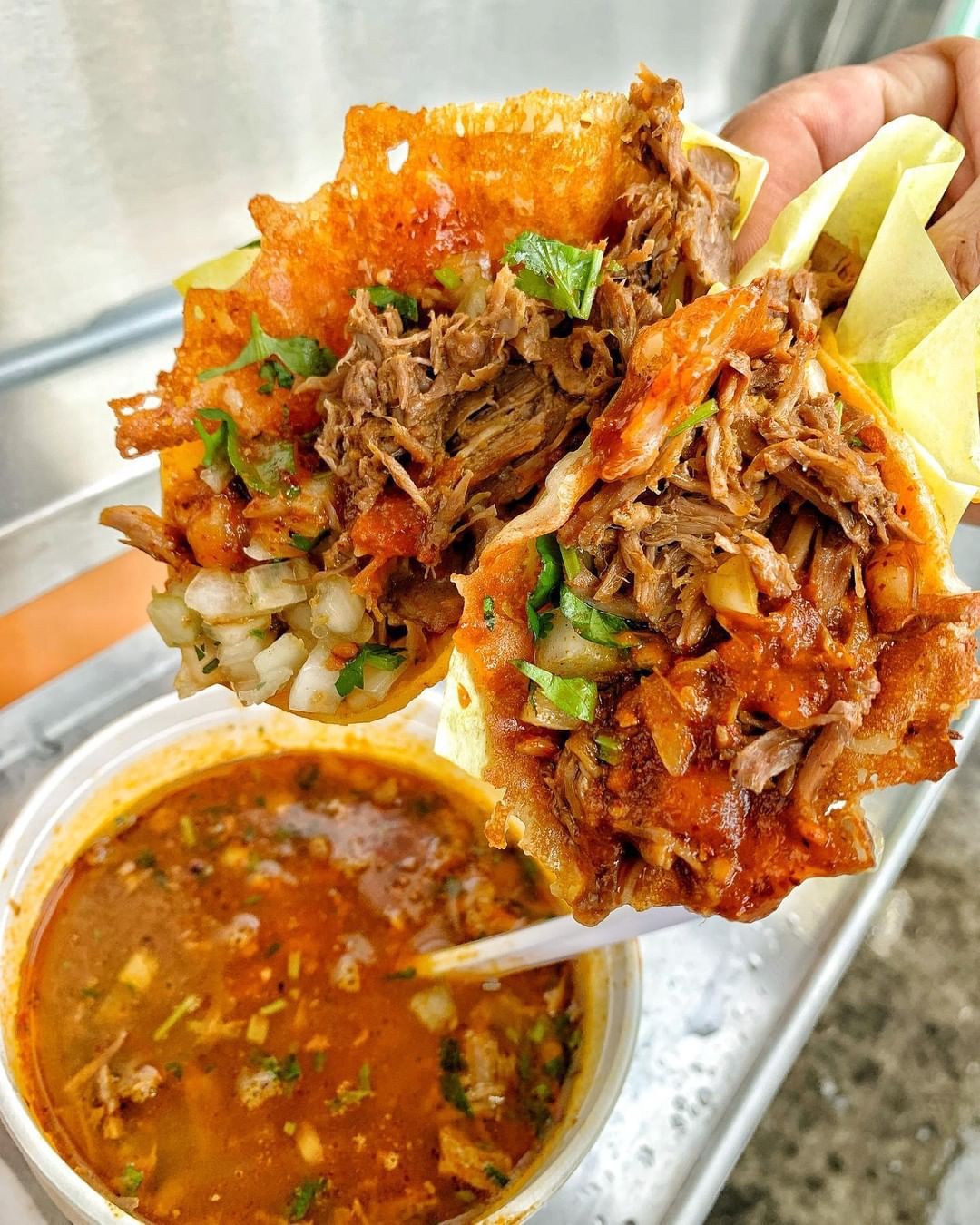
Mexican gastronomy would not be the same without the presence of corn and its many facets that give society dishes such as pozole, chilaquiles and of course tortilla, the raw material for preparing tacos, one of the most acclaimed delicacies in the national territory, so much so that Taco Day is celebrated on March 31.
It is a food that has made Aztec seasoning known all over the world. His presentations are endless, because, strictly speaking, everything can be a taco. However, those who take the crown are those of shepherd, barbecue, cochinita, carnitas, birria and a long etcetera.
Various sources point out that the origin of this tradition dates back to 2007 and came about thanks to a campaign launched by Televisa on the Canal de las Estrellas. Part of the strategy was to create a website (which currently no longer exists) with all sorts of interesting facts about this food such as: its pre-Columbian origin and the diversity of tacos in the country.

The promotion was through a commercial that said: “Because everyone has their day: Taco Day, March 31”. To give it more publicity, there was even an event held at the Azteca Stadium and there was a concert with a fair where all kinds of tacos were exhibited. It should be noted that this celebration not only happened in Mexico City, because the same activities were replicated in the Papagayo Park in Acapulco.
The acceptance of this commemoration was such that since then the tradition began to be resumed and it was agreed that this would be the date for the celebration of the taco. Although it should be noted that the people's response was not a coincidence, because this food is already par excellence in Mexican DNA.

Some studies highlight that the name “taco” comes from the Nahuatl word tlahco, “which means “half” or “in the middle”, referring to the fact that a stew is served in the middle of the tortilla”. On the other hand, the Government of Mexico explains that its history begins with pre-Hispanic cultures, “having two references; the first mentions that Moctezuma used tortillas to hold his food, forming something like taco; the second was that women, when men went to work, sent them food. wrapped in tortillas.”
At that time, food was not exactly as it is known today, since at that time there were no animals such as cow, pig or goat; meat was extracted from quails, ducks, deer, pigeons, hares and rabbits or it was stuffed with vegetables such as beans, pumpkins and even chili.
Although it was everyday to consume corn tortilla with some stew, there were no taquizas as such, in fact, it was Hernán Cortés who was in charge of popularizing these events. The information is known thanks to the book True History of the Conquest of New Spain by the Spanish chronicler Bernal Díaz del Castillo.

It details how Cortés organized a small party where he offered attendees “tacos with multiple extravagant fillings that satiated anyone”.
This food never lost its cultural and social value, therefore, it became more and more popular until it managed to conquer the palate of its entire population. Nowadays it is common to see how the stalls that offer this delicacy are never lacking in the best-known corners of the colonies.
Experts in cooking are still innovating in the content and preparation of this dish, as the Government of Mexico states that “in 2017 the 'taco de oro' was born, one of the most extravagant tacos in Los Cabos, Baja California Sur; created by chef Juan Licerio Alcalá, which has among its ingredients an omelette made with edible gold foil, caviar, kobe veal, brie cheese, lobster, black and white truffle.”
KEEP READING:
Últimas Noticias
Debanhi Escobar: they secured the motel where she was found lifeless in a cistern
Members of the Specialized Prosecutor's Office in Nuevo León secured the Nueva Castilla Motel as part of the investigations into the case

The oldest person in the world died at the age of 119
Kane Tanaka lived in Japan. She was born six months earlier than George Orwell, the same year that the Wright brothers first flew, and Marie Curie became the first woman to win a Nobel Prize

Macabre find in CDMX: they left a body bagged and tied in a taxi
The body was left in the back seats of the car. It was covered with black bags and tied with industrial tape
The eagles of America will face Manchester City in a duel of legends. Here are the details
The top Mexican football champion will play a match with Pep Guardiola's squad in the Lone Star Cup

Why is it good to bring dogs out to know the world when they are puppies
A so-called protection against the spread of diseases threatens the integral development of dogs




